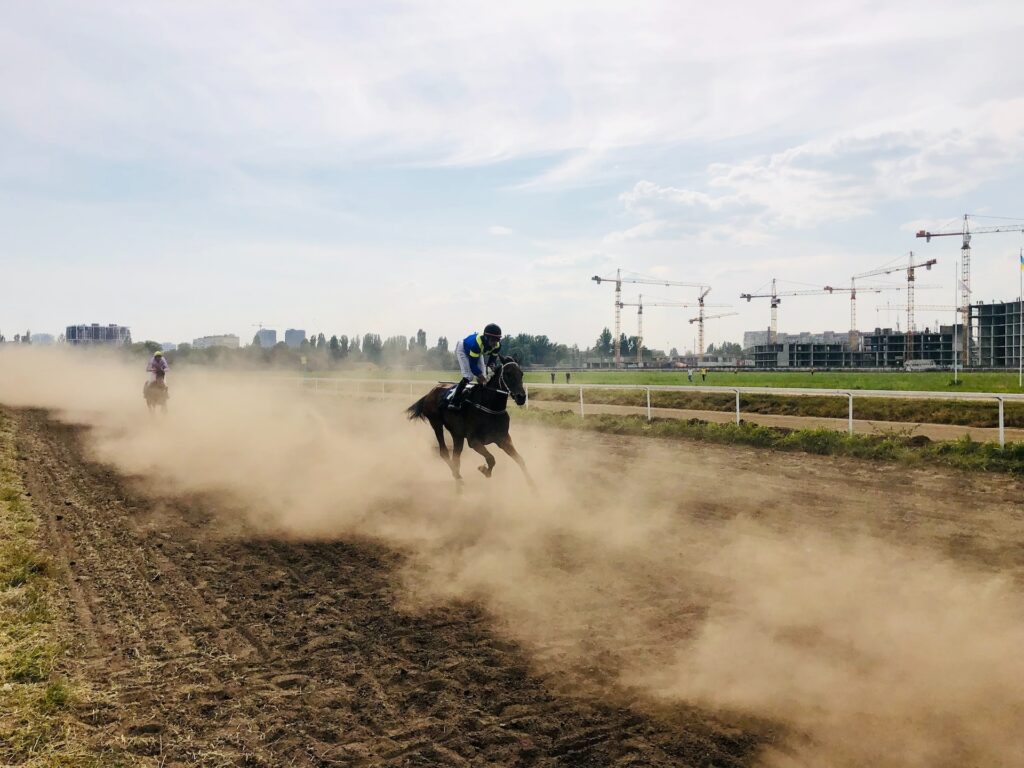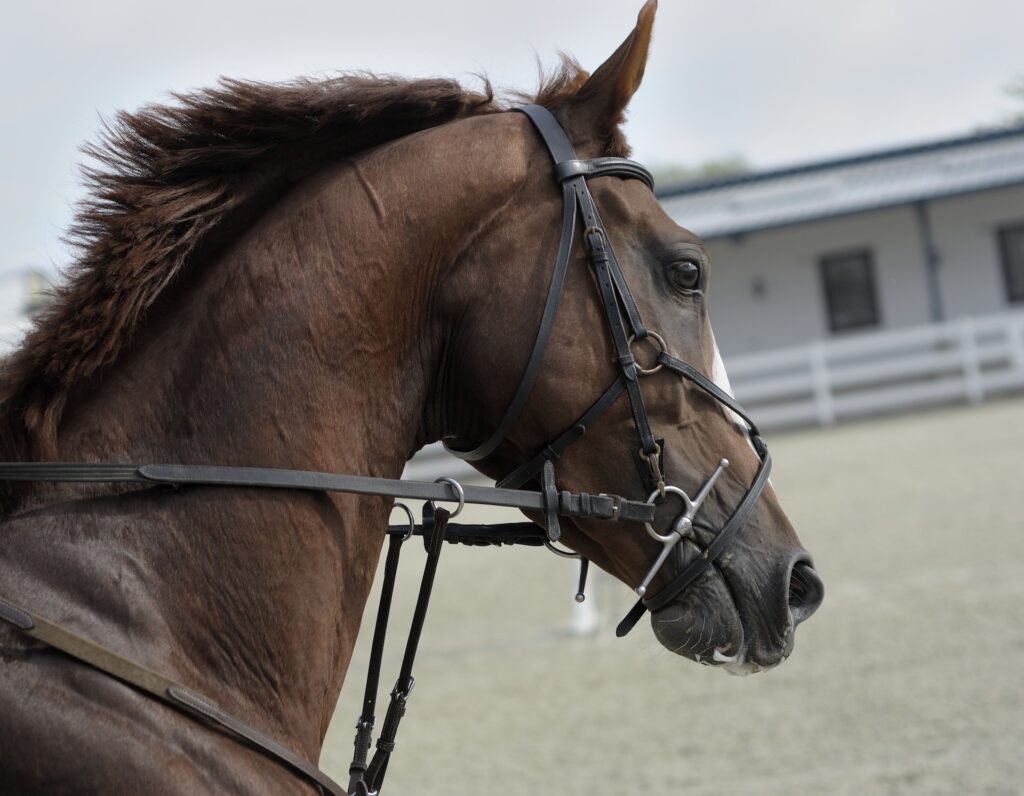
Tampa, Florida, often evokes images of sunny beaches, palm trees, and a vibrant cultural scene. While these are undoubtedly some of the city’s attractions, there’s another side to Tampa that draws enthusiasts and spectators from around the state and beyond – horse racing. The horse racing scene in Tampa is a vibrant, time-honored tradition that has a rich history and continues to captivate both seasoned racing enthusiasts and newcomers. In this article, we’ll explore the world of horse racing in Tampa, its history, notable race tracks, and the excitement that this equestrian sport brings to the community.
Tampa’s Racing Heritage
Tampa’s horse racing heritage is deeply rooted, dating back to the early 20th century. The state of Florida has been a hub for horse racing, thanks to its pleasant climate and fertile grounds, making it ideal for breeding and training horses. Here are some key elements of Tampa’s racing heritage:
- Oldsmar’s Founding: Tampa Bay Downs, one of Tampa’s most iconic race tracks, was established in 1926. Originally called the Tampa Downs, it was founded by Ohio automobile magnate Col. Matt J. Winn, who also had a significant role in the development of Churchill Downs, the home of the Kentucky Derby. Tampa Bay Downs quickly gained a reputation as a premier racing destination in the region.
- The Kentucky Connection: Tampa Bay Downs became an important stop on the road to the Kentucky Derby. The track hosts the Tampa Bay Derby, a key prep race for the Kentucky Derby, which has attracted both talented horses and jockeys.
- Continued Growth: Over the years, the racing scene in Tampa has seen substantial growth, with improvements to facilities, the introduction of new races, and the emergence of young talent in the form of jockeys and trainers.
Notable Race Tracks
Tampa is home to several notable race tracks that host a variety of horse racing events throughout the year. Each track offers a unique experience and racing opportunities. Here are a few that stand out:
- Tampa Bay Downs: Tampa Bay Downs, located in Oldsmar, is the most renowned and celebrated race track in the Tampa Bay area. The track hosts a thoroughbred racing season, typically from November to May. The highlight of the season is the Grade II Tampa Bay Derby, which is a vital prep race for the Kentucky Derby. Tampa Bay Downs is known for its picturesque setting, well-maintained track, and the annual Festival Day of racing.
- Tampa Greyhound Track: While primarily a greyhound racing venue, Tampa Greyhound Track also offers simulcast horse racing. This allows visitors to bet on horse races happening around the country while enjoying the greyhound races. It’s a more casual setting compared to Tampa Bay Downs.
- Sunshine State Racing Series: This series features various race tracks across Florida, with some notable stops in the Tampa area. It showcases Florida-bred thoroughbreds, providing a platform for local talent to shine.
The Racing Experience
Attending a horse race in Tampa is a thrilling and entertaining experience, whether you’re a seasoned horse racing enthusiast or a first-time visitor. Here’s what you can expect when you visit one of Tampa’s race tracks:
- Betting and Wagering: Betting is a fundamental part of the horse racing experience. Race tracks have dedicated betting windows, where you can place wagers on your favorite horses. You can choose from a variety of bets, including win, place, show, exacta, trifecta, and more.
- Social Atmosphere: The atmosphere at Tampa’s race tracks is lively and social. It’s a place to enjoy the company of fellow racegoers, discuss strategies, and cheer for your chosen horse. Many visitors come for the camaraderie as much as for the races themselves.
- Fashion and Style: While there’s no strict dress code, many racegoers take the opportunity to dress up for the occasion. It’s not uncommon to see elegant hats, stylish dresses, and suits in the crowd.
- Quality Dining: Tampa’s race tracks offer a range of dining options, from casual concessions to upscale restaurants. It’s an opportunity to savor delicious cuisine while enjoying the races.
- Up-Close Horse Viewing: Most tracks have a paddock area where you can get up close and personal with the horses and jockeys before they head to the starting gate. It’s a great way to appreciate the beauty and athleticism of these magnificent animals.
Notable Races and Events
Tampa’s horse racing calendar is filled with exciting races and events. Some of the most noteworthy include:
- Tampa Bay Derby: The Tampa Bay Derby is the premier event at Tampa Bay Downs and is a significant prep race for the Kentucky Derby. It typically takes place in March and attracts top horses, jockeys, and trainers from around the country.
- Festival Day: Festival Day at Tampa Bay Downs is a must-attend event, featuring multiple graded stakes races, including the Tampa Bay Derby. It’s a day of high stakes, thrilling races, and intense competition.
- Florida Cup: The Florida Cup is a showcase of Florida-bred thoroughbreds, with a series of races that highlight the state’s racing industry. It’s a celebration of local talent and contributes to the growth of the sport in the region.
The Jockeys and Trainers
The success of horse racing in Tampa wouldn’t be possible without the dedicated and skilled jockeys and trainers who play a pivotal role in the sport. Some notable jockeys and trainers have made a name for themselves in the Tampa racing scene and beyond. Their hard work, talent, and dedication have contributed to the city’s thriving horse racing culture.
- Jockey Antonio Gallardo: Antonio Gallardo is a prominent jockey at Tampa Bay Downs. He has consistently been one of the top riders at the track and has garnered numerous victories in both stakes and regular races.
- Jockey Samy Camacho: Another accomplished jockey at Tampa Bay Downs, Samy Camacho has made a name for himself with his impressive riding skills. He is known for his strong finishes and success in various races.
- Trainer Gerald Bennett: Gerald Bennett is a highly respected trainer in the Tampa Bay area. He has had a significant impact on Tampa Bay Downs, having trained multiple winning horses and achieving several training titles.
The Future of Tampa Horse Racing
Tampa’s horse racing scene continues to evolve and grow, thanks to the support of the local community and racing enthusiasts. The Tampa Bay area is uniquely positioned to thrive in the equestrian world, and the city’s horse racing heritage remains a vital part of its cultural fabric.
Despite the challenges faced by the racing industry, including competition from other forms of entertainment and changes in public perception, Tampa’s race tracks continue to draw visitors. With ongoing investments in facilities, improvements in racing events, and a commitment to promoting the sport, Tampa’s horse racing tradition is set to endure.
Tampa, Florida, offers a horse racing experience that combines the excitement of wagering, the elegance of fashion, and the thrill of high-speed competition. Whether you’re an avid racing enthusiast or a first-time visitor, the city’s race tracks, including Tampa Bay Downs, offer a diverse and engaging experience.


